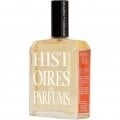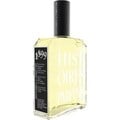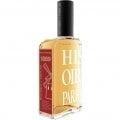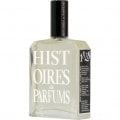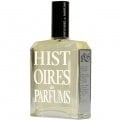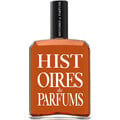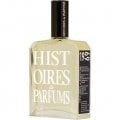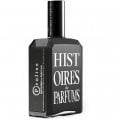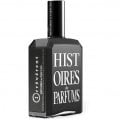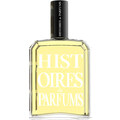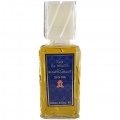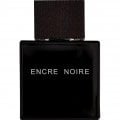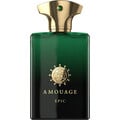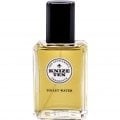10/13/2023

Serenissima
608 Reviews
Translated
Show original

Serenissima
Top Review
11
small cat animal in leather rosenoud
What else can you probably write after the meaningful statement: "animal rose on petroleum-soaked leather cloth"?
Well, I have reduced the always worth reading text on "Pétroleum" by Meggi to a few words, but they actually already say everything.
But Meggi, my dear friend: you are a genius of words and yet at the same time quite devious!
You send me samples, knowing that I will test them and have my opinion.
But you build before not only hurdles, but equal barricades: How should I overcome these now?
It is useless to try to compete against you, whether with animalistic roses or oil-soaked leather rags, and therefore I accept the challenge in my own, feminine way.
Is the sample now tilted or is it meant to be?
I smell first of all horse stable, instead of the expected according to the name pit lane of Formula 1.
To this, however, fit the blooming Rosengerank and the lightly tackled citrus near the dung heap much better; they form a very interesting, not yet often encountered harmony.
No need to get excited: Give it time! It smells better than it might read!
So it could remain, but now the said leather rag comes into play, in which probably already the small stinking animal rolled around several times comfortably.
And of course it was already in the rich dark brown patchouli modder and white fluffy musk foam: Little hairy connoisseur!
Thus, the guy is covered by its very own odeur and colors odoriferous first strong, until a wonderful, almost luxurious-rich amber nuance, as it were as a keystone in this complex fragrance vault.
As mentioned: you have to give "Pétroleum" time to unfold all its challenging fragrance facets.
But it's worth it!
Who can be deterred by the fragrance notes mentioned in the pyramid or the prelude, which deprives itself of a fascinating fragrance experience.
The question of how wearable "Pétroleum" is as a fragrance does not arise for me as a fish-blooded older blonde. But I enjoy it (quite honestly!) Wrap me in this fragrance composition, as in a soft warm blanket.
"Pétroleum" excites me and makes me curious about a lot of extraordinary things that are still to be discovered in our world of fragrances.
Anyway, the house "Histoires de Parfums" has added an interesting fragrance building block to its "Édtion Rare".
Well, I have reduced the always worth reading text on "Pétroleum" by Meggi to a few words, but they actually already say everything.
But Meggi, my dear friend: you are a genius of words and yet at the same time quite devious!
You send me samples, knowing that I will test them and have my opinion.
But you build before not only hurdles, but equal barricades: How should I overcome these now?
It is useless to try to compete against you, whether with animalistic roses or oil-soaked leather rags, and therefore I accept the challenge in my own, feminine way.
Is the sample now tilted or is it meant to be?
I smell first of all horse stable, instead of the expected according to the name pit lane of Formula 1.
To this, however, fit the blooming Rosengerank and the lightly tackled citrus near the dung heap much better; they form a very interesting, not yet often encountered harmony.
No need to get excited: Give it time! It smells better than it might read!
So it could remain, but now the said leather rag comes into play, in which probably already the small stinking animal rolled around several times comfortably.
And of course it was already in the rich dark brown patchouli modder and white fluffy musk foam: Little hairy connoisseur!
Thus, the guy is covered by its very own odeur and colors odoriferous first strong, until a wonderful, almost luxurious-rich amber nuance, as it were as a keystone in this complex fragrance vault.
As mentioned: you have to give "Pétroleum" time to unfold all its challenging fragrance facets.
But it's worth it!
Who can be deterred by the fragrance notes mentioned in the pyramid or the prelude, which deprives itself of a fascinating fragrance experience.
The question of how wearable "Pétroleum" is as a fragrance does not arise for me as a fish-blooded older blonde. But I enjoy it (quite honestly!) Wrap me in this fragrance composition, as in a soft warm blanket.
"Pétroleum" excites me and makes me curious about a lot of extraordinary things that are still to be discovered in our world of fragrances.
Anyway, the house "Histoires de Parfums" has added an interesting fragrance building block to its "Édtion Rare".
9 Comments

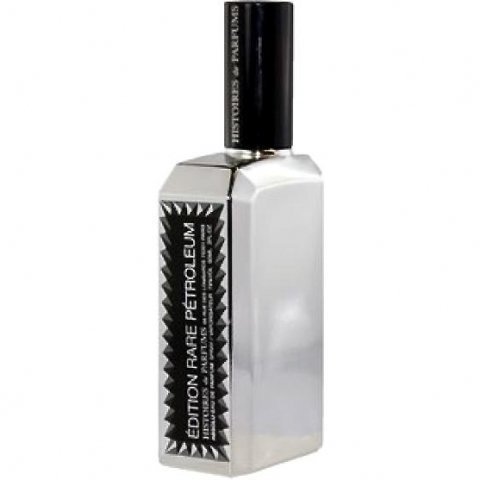


 Top Notes
Top Notes 



 Heart Notes
Heart Notes 

 Base Notes
Base Notes 







